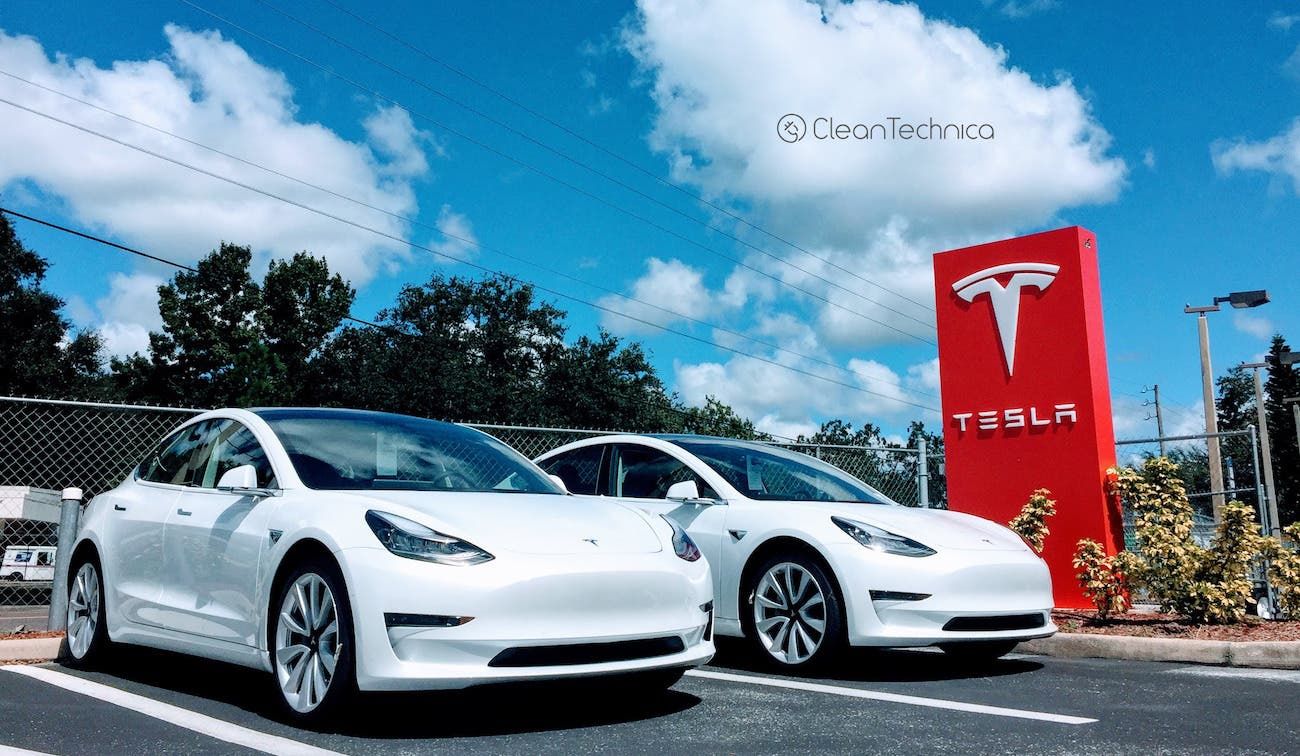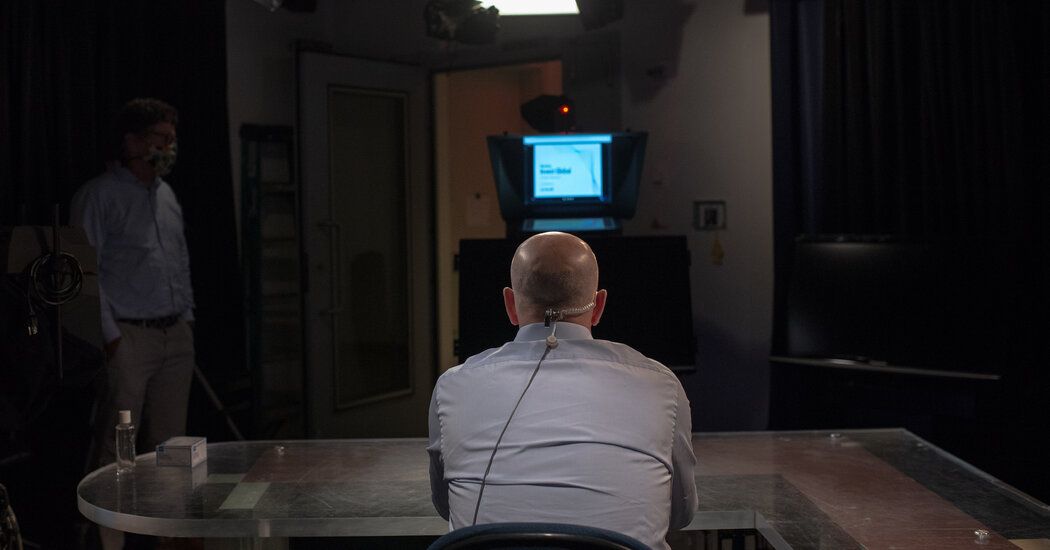Tesla Model 3 Lifecycle Cost Nearly Matches The Cheapest Car In America!
When I saw the news that all Tesla Model 3 vehicles now qualify for the the full $7,500 federal tax credit, I knew it was time to write a new lifecycle analysis, or total cost of ownership (TCO) article. My last article like this (almost a year ago) was backward looking at the actual costs for someone (like me) who bought a 2018 Model 3 five years ago (4 years at the time of the article). A lot has changed in the last year!
Tesla has dramatically lowered prices several times over the last 6 months, including a recent $2,410 discount on Model 3 inventory. The Inflation Reduction Act has helped those companies that are able to put their electric cars together in North America and meet its tricky battery component and material requirements. Interest rates have gone up considerably. A couple weeks ago, I researched Tesla depreciation and found the cars depreciate significantly less than pretty much everyone predicted.
Previously, I’ve compared the cost of owning the Model 3 to cars that have comparable performance, like the BMW 3 Series — the Model 3 has always been less expensive by a large margin. I’ve also compared it to extremely popular sedans like the Toyota Camry and Honda Accord. The Model 3’s cost has usually be a little higher or a little lower, depending on the trim level of the cars, market dynamics, assumptions used, and tax credits available at the time.
When Tesla slashed the leasing price of the Tesla Model 3 (since, as a lease, Tesla could claim the $7,500 tax credit, while the consumers at the time could only claim $3,750), I found that Tesla had lower pricing than even a mid-level-trim Corolla, a car that is clearly smaller, less prestigious, slower, and has far fewer features than the Model 3. But with these recent price cuts, and since a lifecycle article allows me to include fuel and depreciation savings, I found I could set my sights significantly lower.
I decided to go against the cheapest car available in the United States today, the 2023 Mitsubishi Mirage, selling for $16,245. With the Tesla Model 3 costing over twice as much up front, I didn’t really think it would be competitive, but I was wrong!
Mitsubishi Mirage
I have always used Edmunds.com as my model for total cost of ownership comparisons. I find it does a good job documenting its methodology, which lets me adjust things when I feel they are inaccurate or outdated.
Tesla Model 3
I found I needed to adjust 4 lines on this analysis, since they are wildly off. I changed the estimate of depreciation from $23,097 to $17,566, a $5,531 reduction explained below. That is a large adjustment, but my deep dive on Tesla depreciation supports that. That article predicted a base Model 3 would depreciate at about 4% a year (or $6,066 after 5 years). I added another $4,000 in deprecation to account for the difference in trade-in value versus retail value (I have an upcoming article that explains that in more detail). I added another $7,500 for the federal tax credit, since the credit is expected to be available in 5 years, so it will impact trade-in values. So, I’m expecting trade-in value of $20,264 in 5 years. This will allow the dealer to sell the car for $25,000 and the new used buyer to get the $4,000 used federal tax credit, further supporting the value. I subtract the $7,500 off of the TCO later, so it is a wash (except it greatly reduces financing costs). It’s a reasonable assumption given that new Model 3 cars will likely be around $30,000 after tax credit at that time.
Second, I adjusted the taxes and fees from $3,546 to $2,869, a reduction of $676, since taxes vary in direct proportion to the selling price. Third, since the cash price less the tax credit is $16,412 lower than Edmunds showed, I needed to recalculate the financing costs. I show my assumptions in the picture below.
I added $393.75 to the cost of the loan to account for the assumption that you will have to pay 7% interest on the $7,500 tax credit for 9 months, since you won’t receive it immediately (although you could adjust the withholding at your employment to get access to the money right away if you wanted). So, adding the extra interest from calculator.net comes to $6,322, a $2,777 reduction from Edmund’s $9,099 financing figure. Lastly, Edmunds failed to realize that the Model 3 is eligible for the $7,500 tax credit.
Comparison of Adjusted Lifecycle Costs
How the costs of ownership could be so close? The biggest reasons are a $4,889 expected reduction in fuel costs with the Tesla and the $1,941 expected reduction in maintenance costs. Normally, a much more expensive car would have a lot more depreciation (BMW and other luxury cars traditionally have pretty substantial depreciation), but as my previous article explained, the expected depreciation less the tax credit is only $10,066 or barely any more than the $9,209 expected for the Mirage.
Conclusion
It is obvious to everyone that the Tesla Model 3 is a far better car in every way than the Mitsubishi Mirage, but most buyers of economy sedans don’t realize that the Tesla Model 3 is nearly as affordable.
With Tesla planning to start advertising and ramping up its referral program, hopefully we will be able to counter the persistent stream of Fear, Uncertainty and Doubt (FUD) articles that say that electric cars are far more expensive than gas cars. This was certainly true in the past, but is no longer true. When you include the lower fuel, depreciation, and maintenance costs and the lower financing costs afforded by the tax credits, the cost of driving what I consider the best electric car you can buy has never been lower. For the first time ever, it is competitive with the cheapest car offered for sale in the United States!
If you want to take advantage of my Tesla referral link to get Reward Credits, here’s the code: https://ts.la/paul92237 — but as I have said before, if another owner helped you more, please use their link instead of mine. If you want to learn more about Tesla’s new referral program, Chris Boylan has written an excellent article on it.
Disclosure: I am a shareholder in Tesla [TSLA], BYD [BYDDY], Nio [NIO], XPeng [XPEV], Hertz [HTZ], and several ARK ETFs. But I offer no investment advice of any sort here.
Sign up for Have a tip for CleanTechnica, want to advertise, or want to suggest a guest for our CleanTech Talk podcast? Former Tesla Battery Expert Leading Lyten Into New Lithium-Sulfur Battery Era — Podcast: I don't like paywalls. You don't like paywalls. Who likes paywalls? Here at CleanTechnica, we implemented a limited paywall for a while, but it always felt wrong — and it was always tough to decide what we should put behind there. In theory, your most exclusive and best content goes behind a paywall. But then fewer people read it! We just don't like paywalls, and so we've decided to ditch ours. Unfortunately, the media business is still a tough, cut-throat business with tiny margins. It's a never-ending Olympic challenge to stay above water or even perhaps — gasp — grow. So ... Sign up for daily news updates from CleanTechnica on email. Or follow us on Google News Have a tip for CleanTechnica, want to advertise, or want to suggest a guest for our CleanTech Talk podcast? Contact us here I don't like paywalls. You don't like paywalls. Who likes paywalls? Here at CleanTechnica, we implemented a limited paywall for a while, but it always felt wrong — and it was always tough to decide what we should put behind there. In theory, your most exclusive and best content goes behind a paywall. But then fewer people read it! We just don't like paywalls, and so we've decided to ditch ours. Unfortunately, the media business is still a tough, cut-throat business with tiny margins. It's a never-ending Olympic challenge to stay above water or even perhaps —— grow. So ...
Source: CleanTechnica


